NASA has unveiled a groundbreaking audio clip that captures the “sound” of a supermassive black hole located approximately 250 million light-years away in the Perseus galaxy cluster. This revelation challenges the long-held belief that space is entirely silent, offering a new auditory perspective of the cosmos.
The Science Behind the Sound
The Perseus black hole emits pressure waves that ripple through the hot gas surrounding it, creating vibrations akin to sound waves. However, these waves are at frequencies far below the range of human hearing. To make them audible, scientists at NASA’s Chandra X-ray Observatory and the Smithsonian Astrophysical Observatory transposed the waves up by 57 and 58 octaves. This means the original frequencies, which are about 57 octaves below middle C, were shifted into the human hearing range, resulting in a deep, eerie tone.
Implications for Astrophysics
This sonification provides valuable insights into the behavior of supermassive black holes and their environments. By studying these “sounds,” researchers can infer properties of the intracluster medium, such as its density and temperature. Additionally, understanding the acoustic waves can shed light on the mechanisms by which black holes influence their surroundings, including the heating of gas and the regulation of star formation within galaxies.
Public Engagement and Accessibility
Beyond its scientific significance, the sonification serves as a tool for public engagement. By translating complex astronomical data into sound, NASA makes space more accessible to individuals with visual impairments and provides a novel way for the general public to connect with the universe.
Conclusion
NASA’s release of the black hole’s “sound” marks a significant achievement in both astrophysics and science communication. It not only enhances our understanding of the universe but also bridges the gap between complex scientific concepts and public comprehension. As technology advances, future sonifications may offer even more profound insights into the mysteries of space.

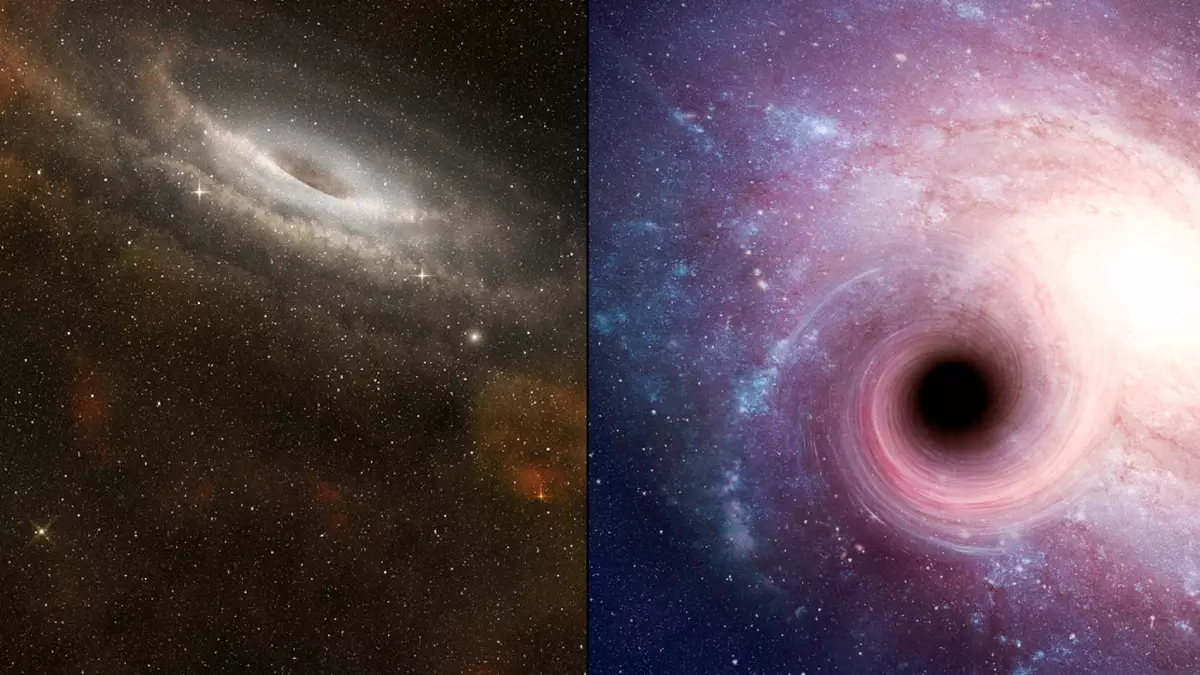

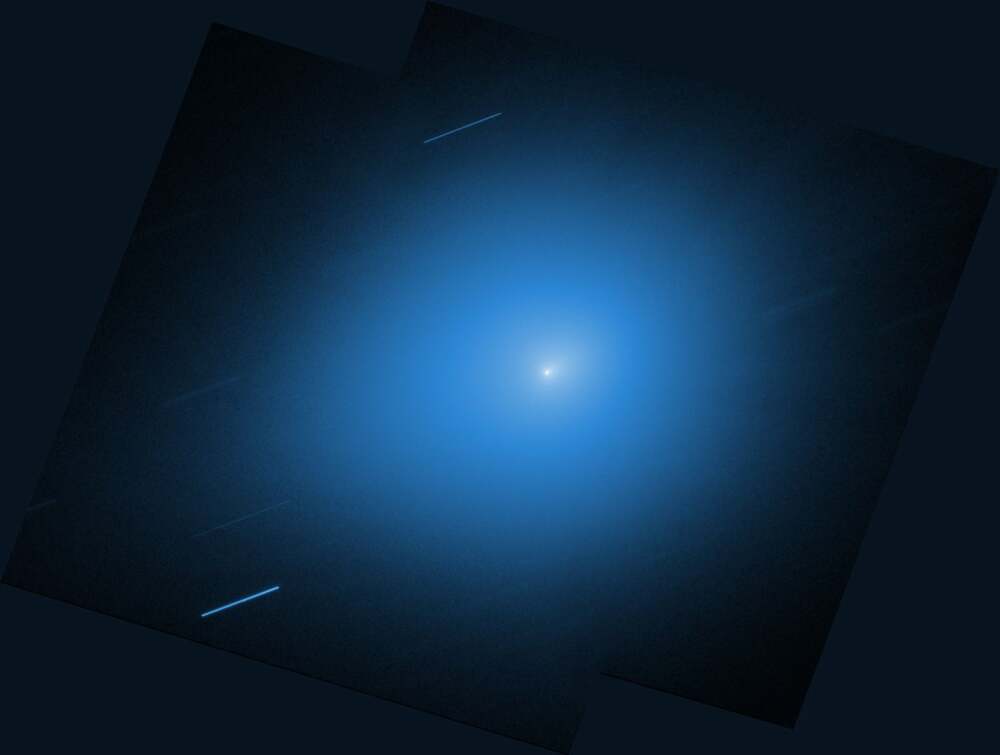
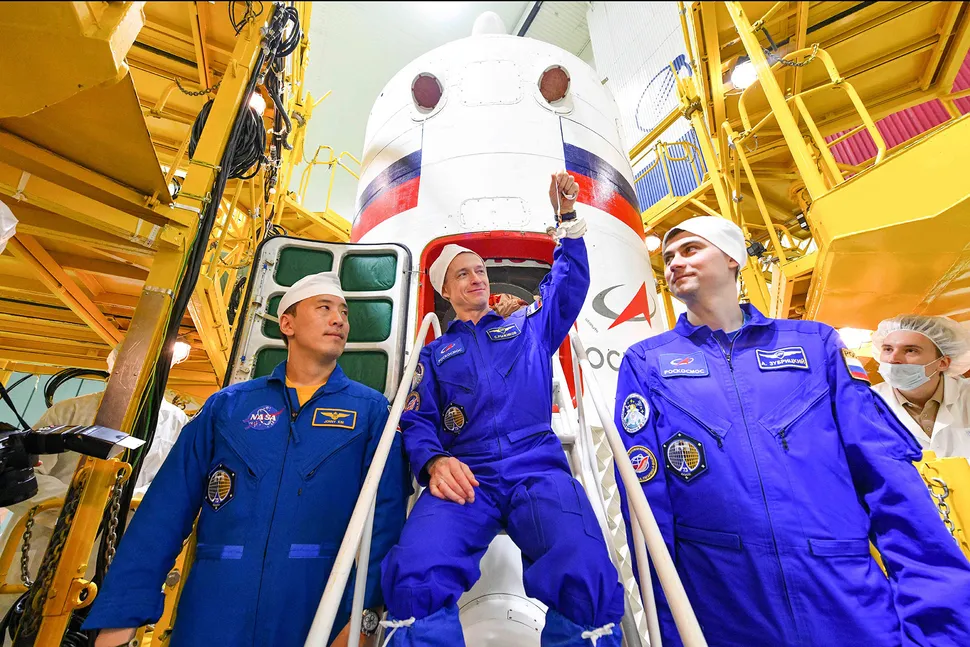
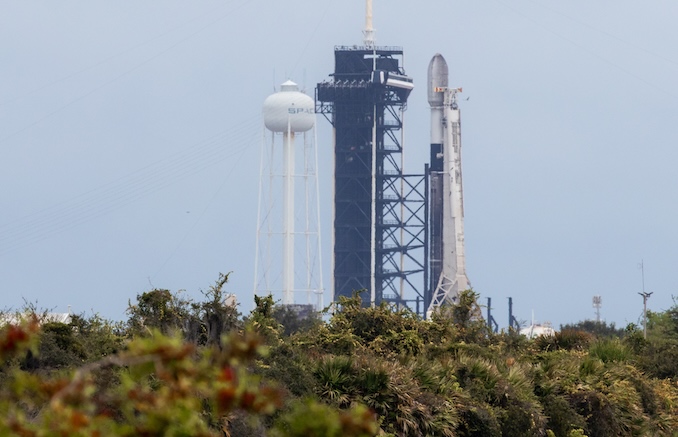
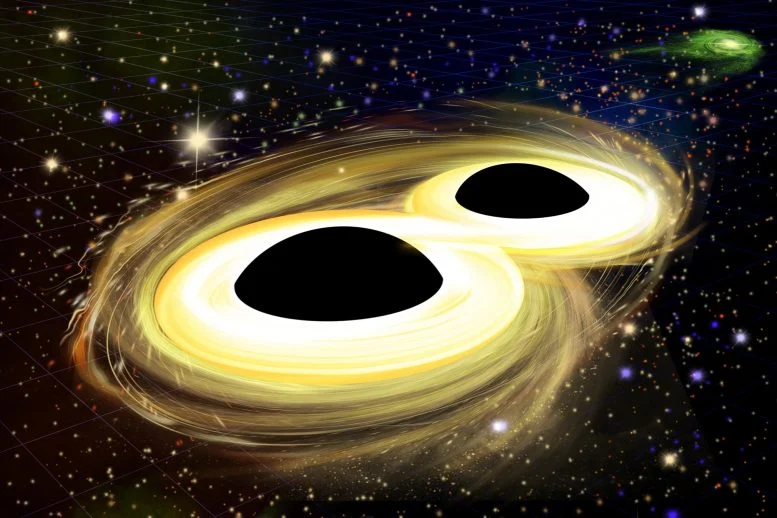

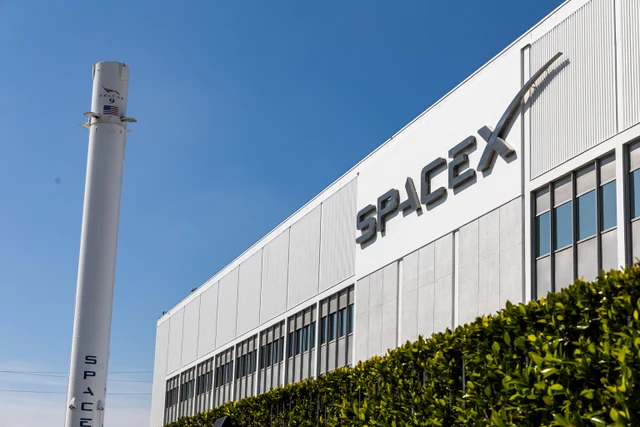
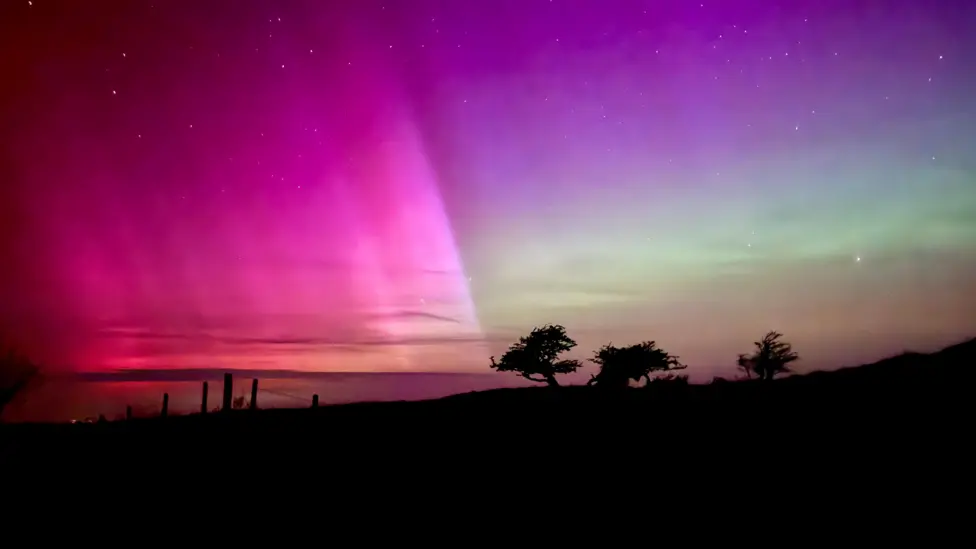
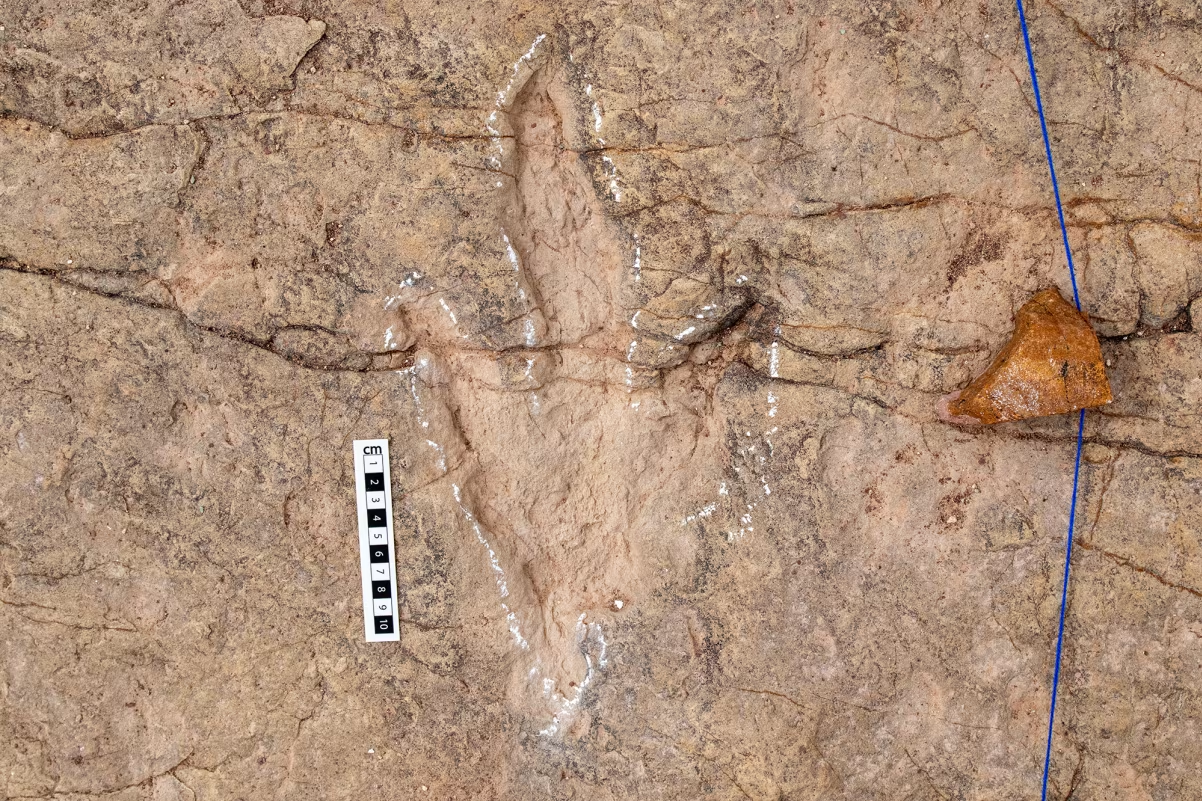
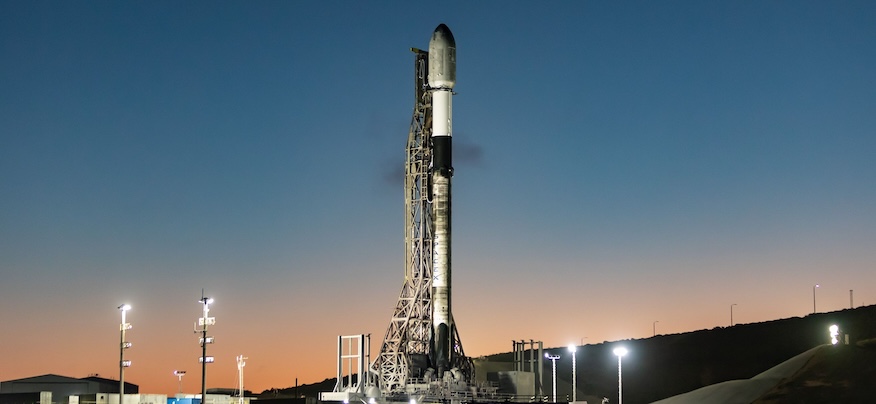




Leave a Reply